TOGAF® Foundation and Practitioner - Practitioner Training Course Outline
Unit 1 – Concepts
- Enterprise
- Purpose of Enterprise Architecture
- Benefits of Having an Enterprise Architecture
- Framework for Enterprise Architecture
- Architecture Domains
- Architecture Abstraction in Enterprise Architecture
- Enterprise Continuum
- Architecture Repository
- The TOGAF® Content Framework and Enterprise Metamodel
- Architecture Capability for Enterprise Architecture
- Risk Management
- Gap Analysis
Unit 2 – Stakeholder Management
- How to Identify Stakeholders, their Concerns, Views, and the Communication Involved?
- Use of Architecture Views
- Stakeholder Engagement and Requirements Management
- Using Trade-offs to Support Architecture Development
Unit 3 – Phase A, the Starting Point
- Information Necessary to Execute the Architecture Vision Phase
- How to Apply Phase A and how it Contributes to Architecture Development Work?
- Security-Specific Architecture Design that is Sufficient — Phase A
- Outputs Necessary to Proceed with the Architecture Development
Unit 4 – Architecture Development
- Steps Applicable to all ADM Phases
- Risk and Security Considerations During the Architecture Development (ADM Phases B to D)
- Relevant Information to Produce Outputs Valuable to the Architecture Development
- How to Apply Phases B, C, and D, and How they Contribute to the Architecture Development Work
- Information Relevant to Phase C (Data and Applications) to Produce Outputs for the Architecture Development
- Information Needed in Phase D to Produce Outputs Relevant to the Architecture Development
- Outputs of Phases B, C, and D Necessary to Proceed with the Architecture Development Work
Unit 5 – Implementing the Architecture
- Risk and Security Considerations for Phases E, F, and G
- Steps (Phase E) to Create the Implementation and Migration Strategy
- Basic Approaches to Implementation
- Identifying and Grouping Work Packages
- Creating and Documenting Transition Architectures
- Impact of Migration Projects on the Organisation and the Coordination Required
- Why and How Business Value is Assigned to each Work Package?
- How to Prioritise the Migration Projects (Phase F)
- Confirm the Architecture Roadmap (Phase F)
- Outputs of Phase F necessary to Proceed with the Architecture Implementation
- Inputs to Phase G Implementation Governance
- How Implementation Governance is Executed (Phase G)?
- Outputs to Support Architecture Governance
- How Architecture Contracts are Used to Communicate with Implementers?
Unit 6 – Architecture Change Management
- Inputs Triggering Change Management — Change Requests
- Activities Necessary for Effective Change Management (Stakeholder Management)
- Outputs Relevant to Proceed with a Change
Unit 7 – Requirements Management
- Inputs that Feed the Requirements Management Phase
- How do the Requirements Management Steps Correspond to ADM Phase Steps?
- Purpose of the Outputs of Requirements Management
Unit 8 – Supporting the ADM Work
- How the Open Group TOGAF® Library can be Used to Support the Practitioner’s Work?
- Business Scenarios
- Purpose of Compliance Assessments
- How Migration Planning Techniques are used to Review and Consolidate the Gap Analysis Results from Earlier Phases?
- How a Repository can be Structured Using the TOGAF® Architecture Repository as an Example?
- What to Expect in a well-run Architecture Repository?
- How the Concepts of Architecture Levels are used to Organise the Architecture Landscape?
- Different Levels of Architecture that Exist in an Organisation
- Determining the Level that an Architecture is Being Developed
- Role of Architecture Building Blocks (ABBs)
- Guidelines and Techniques for Business Architecture
- Applying Gap Analysis
- How Iteration can be used in Architecture Practices?
- How the Implementation Factor Catalogue can be Used?
- Content Framework and the Enterprise Metamodel
- When the Architecture Content Framework (ACF) needs to be Filled throughout the ADM Cycles
- Using an Enterprise Metamodel
- Using a Taxonomy
- How Risk Assessment can be Used?
Our TOGAF® Foundation and Practitioner - Practitioner course is accredited by The Open Group.
Show more

Who should attend this TOGAF® Foundation and Practitioner - Practitioner Training
The TOGAF® Foundation and Practitioner - Practitioner Training is suitable for experienced professionals who are already familiar with the foundational concepts of TOGAF® and want to deepen their understanding and application of the framework. This training is particularly beneficial for:
- IT Governance Professionals
- Experienced Enterprise Architects
- Senior Solution Architects
- IT Architects
- Senior Business Architects
- Experienced Project Managers
- Senior Consultants
- Enterprise Architecture Team Leaders
Prerequisites of the TOGAF® Foundation and Practitioner - Practitioner Training Course
To attend this course, the candidate must have passed the TOGAF® Foundation and Practitioner - Foundation examination and also Part 1 of the combined TOGAF® Foundation and Practitioner examination.
TOGAF® Foundation and Practitioner - Practitioner Training Overview
The Knowledge Academy’s TOGAF® Foundation and Practitioner - Practitioner Course is designed to provide delegates with an in-depth knowledge of TOGAF® content framework and enterprise metamodel. They will gain a comprehensive knowledge of identifying stakeholders, their concerns, views, and the communication involved in the business. Delegates will also get familiar with the steps for implementing the architecture, supporting the ADM work, and creating and documenting transition architectures.
Course Objectives:
- Understand TOGAF® Enterprise Architecture principles
- Develop stakeholder management and communication skills
- Learn Architecture Vision execution within ADM phases
- Master architecture development, risk, and security in ADM Phases B to D
- Grasp implementation strategies including migration planning and governance
- Gain skills in change and requirements management for ADM support
After attending this certification course, delegates will be able to put the architecture vision phase, along with its relevant techniques, into implementation. They will also be able to organise the architectural landscape using architectural levels.
Our TOGAF® Foundation and Practitioner - Practitioner course is accredited by The Open Group.
Show more

What’s included in this TOGAF® Foundation and Practitioner - Practitioner Training Course?
- Applied TOGAF® Enterprise Architecture Practitioner Badge
- TOGAF® Foundation and Practitioner - Practitioner Examination Voucher
- World-Class Training Sessions from Experienced Instructors
- Digital Delegate Pack
Our TOGAF® Foundation and Practitioner - Practitioner course is accredited by The Open Group.
TOGAF® Foundation and Practitioner – Practitioner Exam Information
The TOGAF® Foundation and Practitioner – Practitioner exam assesses participants' ability to apply TOGAF® principles and concepts in real-world enterprise architecture scenarios. Once you have completed the course you will then be able to redeem exam vouchers through Pearson Vue.
- Question Type: Scenario Based and Multiple Choice
- Total Questions: 8 Questions
- Total Marks: 40 Marks
- Pass Mark: 60%, or 24/40 Marks
- Duration: 90 Minutes
- Open Book/Closed Book: Open Book
Note: Candidates must have completed their full course including the learning studies, prior to be eligible to receive the examination voucher.






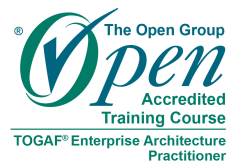

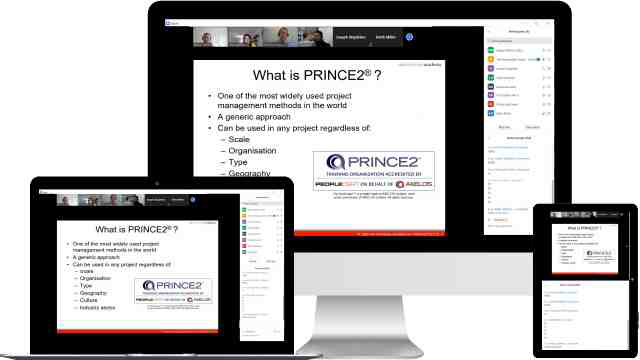
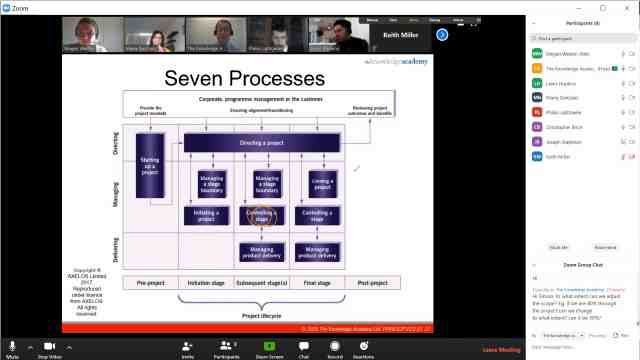
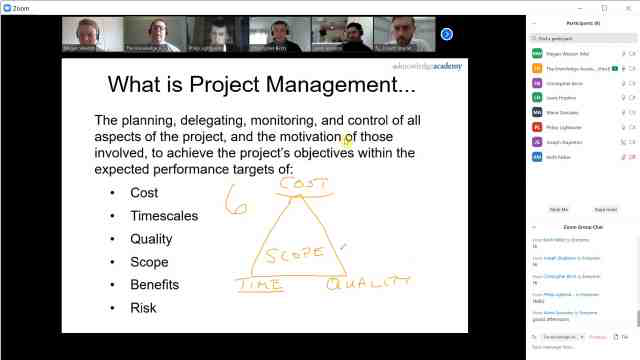
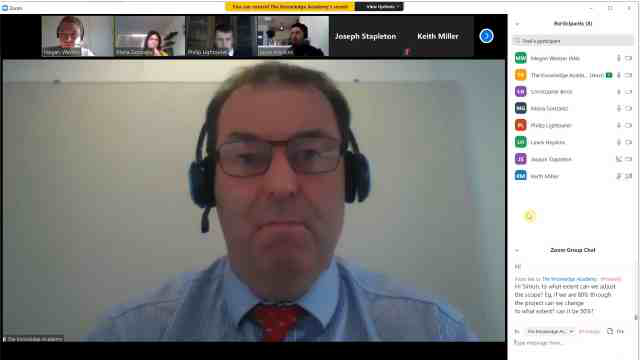
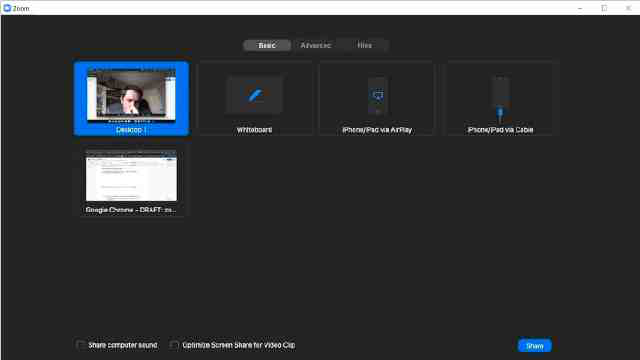






























 Back to course information
Back to course information




 If you wish to make any changes to your course, please
If you wish to make any changes to your course, please

